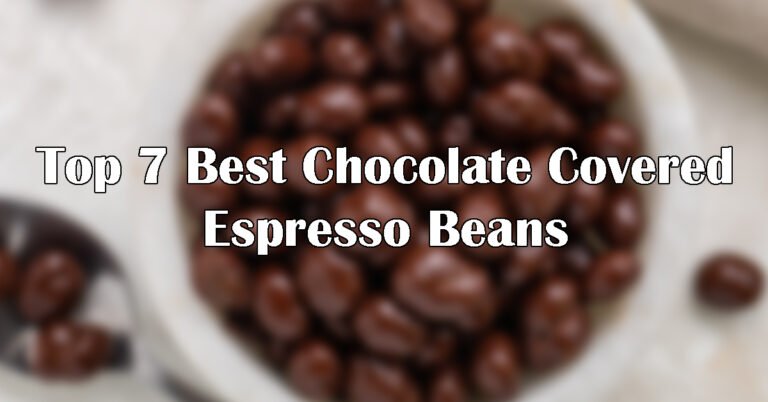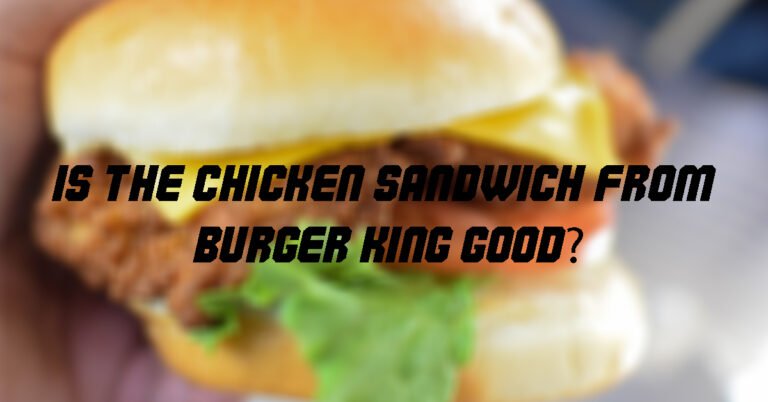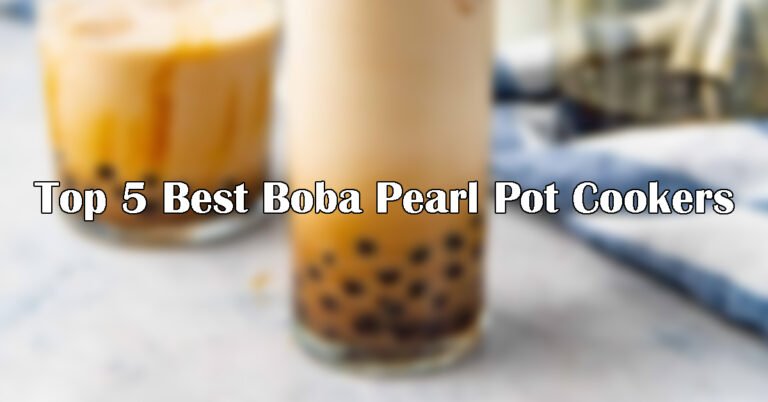Big Mac Review: Is it Still the King of All Burgers?
Even in an age of gourmet burgers and fancy fast-food collaborations, the Big Mac remains one of the world’s most popular fast food dishes. Even today, it stands as one of the most recognizable symbols of American fast-food culture. And in many ways, that’s exactly what the Big Mac was from the start: a cultural symbol. It was (and still is) a deliberately straightforward expression of quintessential American diner food: two all-beef patties, special sauce, lettuce, pickles, and onions on a sesame seed bun.
If you’re reading this article, we can assume you’ve probably eaten at least one Big Mac before — perhaps even many. But have you ever wondered what goes into creating that legendary combination of flavors? Do they use any particularly unusual or disgusting ingredients? Is there anything about it that might give you pause if you were to eat another one anytime soon? Let’s take a closer look…
What is a Big Mac
The Big Mac is a classic American cheeseburger made with two patties, a special sauce, shredded lettuce, diced onions, cheese, and a sesame seed bun. It was created by the founders of the McDonald’s franchise in Union, New Jersey in 1967 and has remained a menu staple since. It is believed that the Big Mac was created as a special promotion for the 1968 Olympics, with the intention of using it as a marketing tool to sell more hamburgers. The name “Big Mac” was a humorous reference to both the size of the burger and Irish-American businessman Ray Kroc, the founder of McDonald’s. It has become a registered trademark of McDonald’s and several other restaurants have tried to make burgers with similar ingredients and presentation.
What’s In a Big Mac?
As we already know, the Big Mac contains two all-beef patties, special sauce, shredded lettuce, diced onions, American cheese, and a sesame seed bun. The ingredients list for the Big Mac on the McDonald’s website is as follows:
- Buns – The buns contain flour and water, as well as yeast and salt. They also contain trace amounts of both soybean and peanut oils. Overall, they’re a relatively clean ingredient with no significant health implications.
- Special Sauce – The special sauce is a combination of mayonnaise, sweet pickle relish, and yellow mustard. All three of these ingredients are relatively low-calorie and pose no significant health concerns.
- Protein Patty – These patties are made of 100% USDA-inspected beef, which is the gold standard for verifying the quality of meat products. This is great news, as it means that the Big Mac is entirely real, high-quality beef.
- Lettuce – The lettuce is likely to have been grown in hydroponic or aquaponic conditions, which are cooler, more environmentally-friendly methods of growing crops. This lettuce is likely to have very few pesticides in it and might even be organic.
- Onions – The onions are almost certainly chopped and dehydrated onion, which is a highly-processed food product. This is made from the chopped onion that has been cooked, dehydrated, and rehydrated again. Overall, they pose almost no health concerns.
- Cheese – The American cheese inside the Big Mac is likely to be made with a combination of milk, water, sodium phosphate, sodium citrate, and sodium phosphate diphosphate. While sodium phosphate may pose some health risks, sodium phosphate diphosphate poses no significant health concerns.
Is The Big Mac Healthy?
The Big Mac has gained something of a reputation for being unhealthy, but it’s worth noting that not all Big Macs are created equal. A Big Mac from McDonald’s that has been prepared and stored in a sanitarily hazardous manner is likely to be way riskier than one that has been made with care. That said, a Big Mac is not the healthiest burger you can find in a fast food chain.
Big Macs are typically made with two all-beef patties, which are likely to be real, high-quality meat. The special sauce is made with mayonnaise, sweet pickle relish, and yellow mustard, while the shredded lettuce and diced onions are likely to be organic. The cheese and sesame seed buns are likely to be made with clean, low-risk ingredients.
Is The Big Mac Unhealthy
In truth, the Big Mac is not an especially unhealthy burger. If it is made with care and attention to hygiene, it can be one of the healthier fast food options. However, the Big Mac is not a low-calorie or low-fat meal either. In fact, a single Big Mac from McDonald’s contains a whopping 550 calories and 30 grams of fat —more than a quarter of the recommended daily allowance for fat.
Big Mac Macros
| Calories | 550 |
| Total Fat | 30g |
| Total Carbs | 45g |
| Protein | 25g |
| Total Sugars | 9g |
| Fiber | 3g |
| Sodium | 1010mg |
| Potassium | 380mg |
| Cholesterol | 80mg |
| Calcium | 120mg |
| Iron | 4.5mg |
Is The Big Mac Real Beef
The Big Mac patties are made of real, high-quality beef that has been USDA-inspected. This is information that has been verified by third-party fact-checkers and there is no reason to believe that any of it is false. The Big Mac patties have been verified as being made from 100% real beef, with no additives or fillers. In fact, the Big Mac is one of the cleanest burgers you can find on the menu at most McDonald’s franchises. There is no doubt that the Big Mac is made with real, high-quality beef. The question of whether it is real or “real” beef (i.e., organic) is a different matter, but one that we can’t answer.
Conclusion: Is the Big Mac Good?
The Big Mac has cleaner ingredients than most people think it is, but it’s still not a super healthy, clean, or low-carb, fat, or sodium option. The taste of the Big Mac is great as always. Very fatty and the “secret sauce” is just as iconic and tasteful as something like the Chic-Fil-a sauce. The Big Mac is a real traditional and honest-to-goodness burger. The macros are not as horrible as many people think. 550 calories and under 50g of carbs and fat content is not that bad of a meal. If you are health-oriented, this really isn’t the worst burger to eat.
McDonald's Big Mac Review
- Flavor
- Healthiness
- Ingredients
- Macro Efficiency






